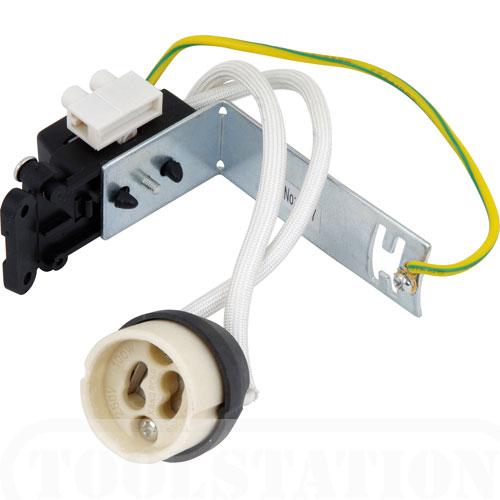My house has 2 core stranded lighting cable. I want to add an additional light fitting and switch so I'm not sure how to proceed. It's grey sheathing with black and red.
Use the same cable (from where?) or use it's more modern equivalent?
This also raises the question of whether I'm limited to certain light fixtures?
Thanks
Use the same cable (from where?) or use it's more modern equivalent?
This also raises the question of whether I'm limited to certain light fixtures?
Thanks



